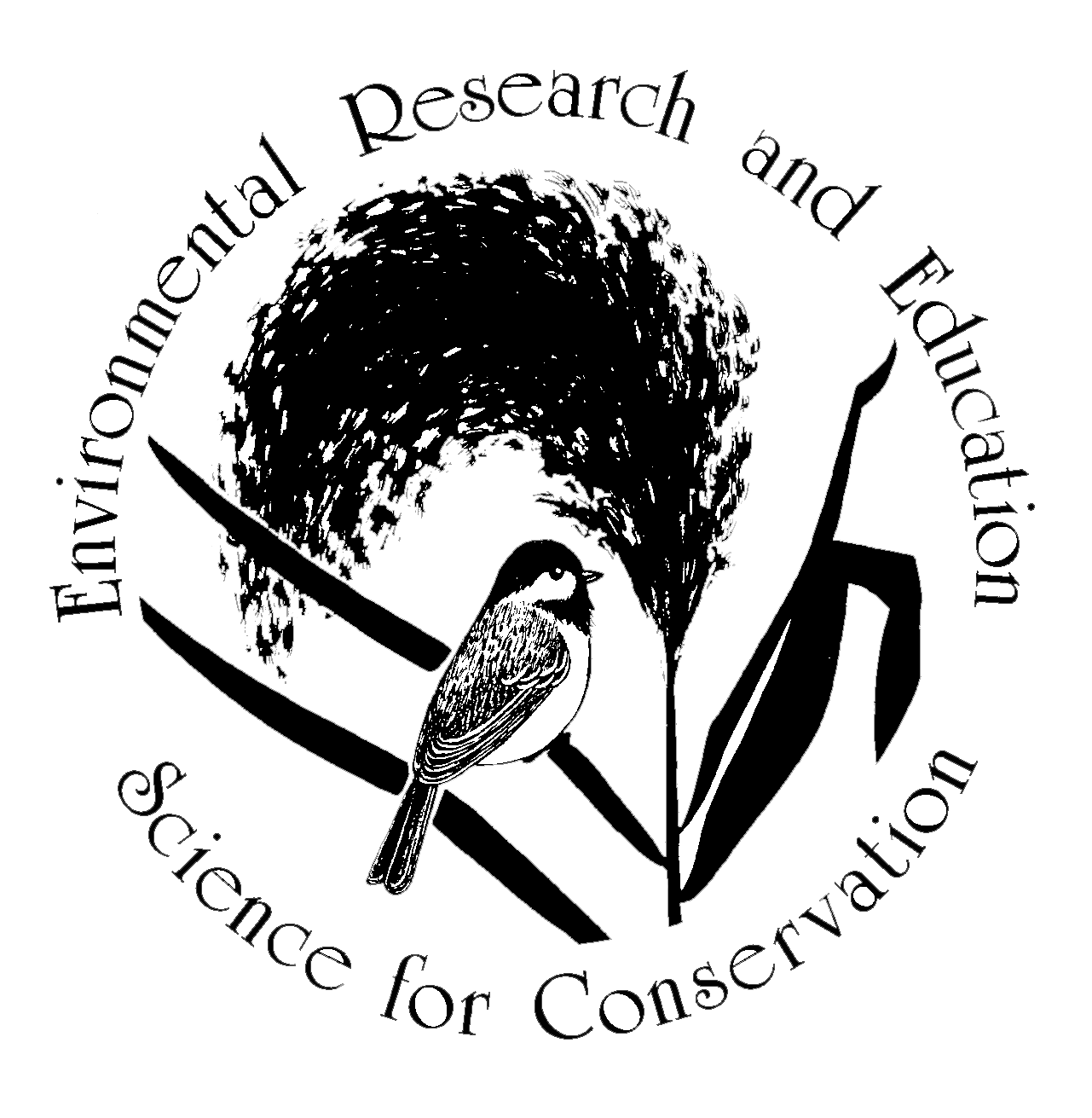Public education is central to the mission of Hudsonia. In addition to producing Biodiversity Resource Materials, our Biodiversity Resources Center (BRC) provides Biodiversity Assessment Courses and field workshops to inform and educate people involved in land use decision-making in the Hudson Valley, The Catskill Mountains, and beyond.
The courses, workshops, and seminars of the Biodiversity Education Program instruct community leaders in science-based principles and techniques for biodiversity conservation. Through hands-on laboratory and field exercises, participants learn the value of biodiversity in their communities, how to recognize habitats of ecological significance, and how to protect important resources through sound planning and site design.
Our programs vary from year to year.
Watch some of our recent events below & sign-up for our mailing list to stay informed on new events!
Habitat Assessment Guidelines Webinar
Hudsonia Habitat Maps Go Virtual!
Headwater Streams: Identifying and Protecting an Essential Resource
Critical Environmental Area Training
Prior workshop topics have included:
Short Courses on Habitat and Water Resource Assessment for Land Use Planning
These are two- or three- day courses in which participants are introduced to ideas and techniques for recognizing and protecting biodiversity and water resources. Outdoor sessions teach field identification of habitats and indicators of habitat quality, and indoor lectures and exercises focus on conservation principles, map analysis, aerial photo interpretation, and incorporating biodiversity conservation into town-wide planning and site-specific environmental reviews.
We are often able to offer one-day workshops on specific topics related to biodiversity conservation, such as:
Habitat and Water Resources Assessment for Land Use Decision-Makers
A one-day session on the topics covered in the Short Course on Habitat and Water Resources AssessmentHabitat Assessment Guidelines
Introducing guidelines that will help planning boards and land use applicants gather information about sensitive resources on proposed development sites, and design projects in ways that minimize impacts on those resourcesBiodiversity Conservation and Site Plan Review
How a planning board can help applicants incorporate biodiversity conservation into their site plan designField Skills for Reviewing Land Use Proposals: Basic skills for interpreting the landscape, recognizing sensitive areas, and assessing biological impacts of land development proposals
Incorporating Biodiversity Conservation into Local Ordinances and Procedures
How to incorporate biodiversity protection into comprehensive plans, zoning ordinances, the SEQR process, or local reviews of land development projectsPlants as Indicators of Ecologically Significant Habitats
A field workshop identifying plants that are indicators of certain ecologically significant habitats such as calcareous wet meadows, fens, and calcareous crest, ledge, and talusHabitat Requirements for Plants and Animals of Conservation Concern
The geological, structural, and biological characteristics of habitats for rare and vulnerable plants and wildlife, and measures for effective conservation
To be informed of programs as they are scheduled, please subscribe to our Biodiversity Education email list.
The Biodiversity Education Program has been funded by the Hudson River Estuary Program of NYSDEC, the Educational Foundation of America, the Dyson Foundation, and the Geoffrey C. Hughes Foundation.


